
The non-aromatic compound among the following is:-
A
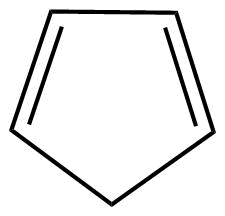
B
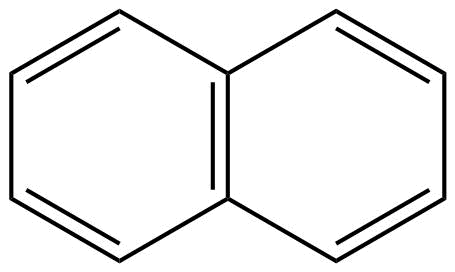
C
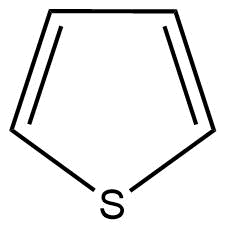
D
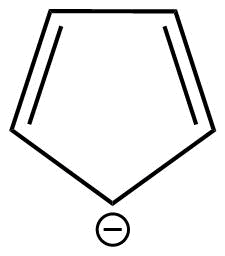




Answer
497.1k+ views
1 likes
Hint:Non-aromatic compounds are cyclic compounds which do not have a closed loop of p-orbitals that is because it is not conjugation of
Complete step by step answer:
A: As we know that cyclopentadiene (
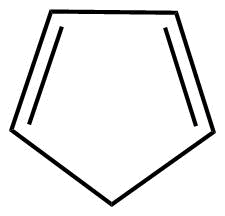
Hence, we can say that this is a non-aromatic compound.
B: Naphthalene is an aromatic compound because it shows the continuous delocalisation of pi (
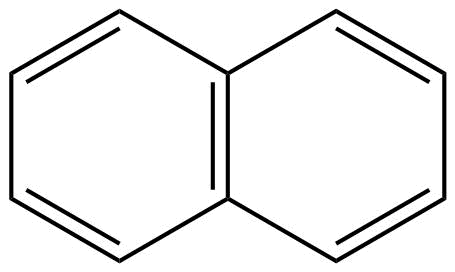
Moreover, naphthalene is also having a planar structure. Hence, we can say that naphthalene is an aromatic compound.
C: Thiophene is a heterocyclic compound with the chemical formula
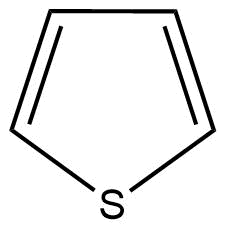
Here, the conjugation of delocalised
D: Cyclopentadienide is a monocyclic aromatic compound.
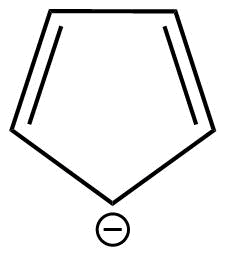
This is because cyclopentadienide shows conjugation and huckel's rule is also applicable in case of this compound.
So, the correct option is (A).
Note:
The non-aromatic compounds without a ring structure are termed without a ring structure are termed as aliphatic whereas those with a cyclic structure are called alicyclic.
Complete step by step answer:
A: As we know that cyclopentadiene (

Hence, we can say that this is a non-aromatic compound.
B: Naphthalene is an aromatic compound because it shows the continuous delocalisation of pi (

Moreover, naphthalene is also having a planar structure. Hence, we can say that naphthalene is an aromatic compound.
C: Thiophene is a heterocyclic compound with the chemical formula

Here, the conjugation of delocalised
D: Cyclopentadienide is a monocyclic aromatic compound.

This is because cyclopentadienide shows conjugation and huckel's rule is also applicable in case of this compound.
So, the correct option is (A).
Note:
The non-aromatic compounds without a ring structure are termed without a ring structure are termed as aliphatic whereas those with a cyclic structure are called alicyclic.
Latest Vedantu courses for you
Grade 10 | MAHARASHTRABOARD | SCHOOL | English
Vedantu 10 Maharashtra Pro Lite (2025-26)
School Full course for MAHARASHTRABOARD students
₹33,300 per year
Recently Updated Pages
Master Class 4 Maths: Engaging Questions & Answers for Success

Master Class 4 English: Engaging Questions & Answers for Success

Master Class 4 Science: Engaging Questions & Answers for Success

Class 4 Question and Answer - Your Ultimate Solutions Guide

Master Class 11 Economics: Engaging Questions & Answers for Success

Master Class 11 Business Studies: Engaging Questions & Answers for Success

Trending doubts
Give 10 examples of unisexual and bisexual flowers

Draw a labelled sketch of the human eye class 12 physics CBSE

a Tabulate the differences in the characteristics of class 12 chemistry CBSE

Differentiate between homogeneous and heterogeneous class 12 chemistry CBSE

Why is the cell called the structural and functional class 12 biology CBSE

Differentiate between insitu conservation and exsitu class 12 biology CBSE




